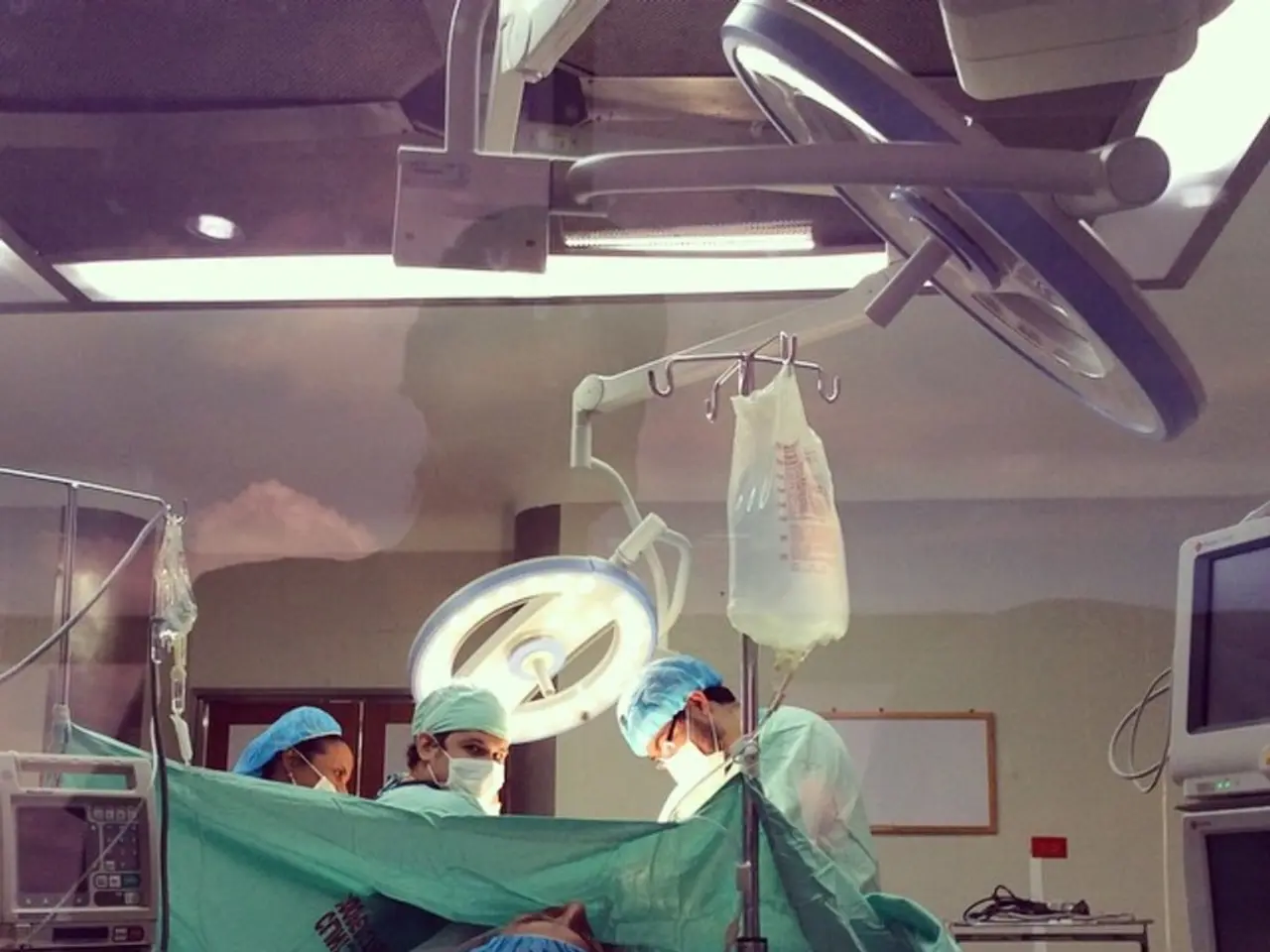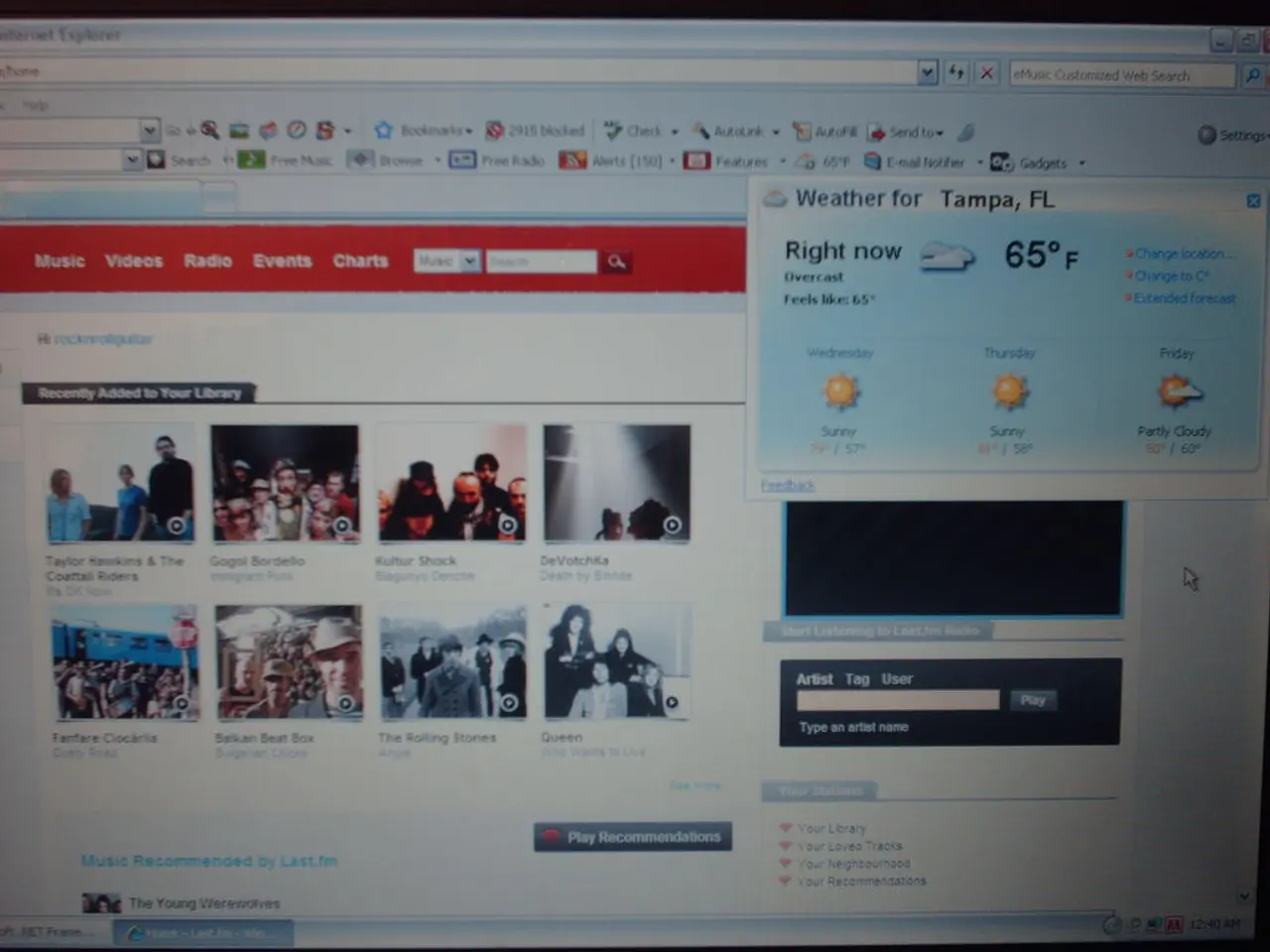Benefits of Using Metal Core Printed Circuit Boards
In the realm of electronics, effective heat dissipation is paramount, especially in high-power devices. Enter Metal Core Printed Circuit Boards (MCPCBs), a game-changer in thermal management compared to traditional FR4 PCBs.
Key advantages of metal core PCBs include their superior thermal conductivity, robustness, and ability to support compact designs.
MCPCBs, also known as thermal PCBs, insulated metallic substrates (IMS), insulated metal PCBs (IMPCB), thermal-clad PCBs, and metal-clad PCBs, consist of a metal material as their base for heat dissipation purposes. Common metals used for MCPCBs, such as aluminum, boast thermal conductivities around 200 W/mK, significantly higher than standard FR4 materials (approximately 0.3 W/mK). This difference means heat is spread and dissipated more quickly and effectively in MCPCBs.
The metal core acts as an effective heat spreader and sink, drawing heat away directly from hot components and dissipating it over a larger area, helping to avoid hotspots and maintain stable operating temperatures. This is crucial for reliability in high-power electronics.
MCPCBs also offer improved durability and mechanical stability, valuable in automotive or outdoor high-power applications. Their effectiveness in heat dissipation means components can be packed closer together without risk of thermal buildup or overheating, enabling smaller and more efficient device designs.
By keeping temperatures within safe limits, MCPCBs help maintain device efficiency and prolong component lifespan, reducing operational failures related to thermal stress.
In a multilayer MCPCB, the layers are evenly distributed on each side of the metal core to prevent warpage issues. It's worth noting that copper core boards have better performance than aluminum but are relatively expensive, heavier, and involve a tough machining process.
MCPCBs do not require vias for heat dissipation since the metal core performs the heat dissipation. This simplifies the manufacturing process, as the drilling process is kept minimal.
The prepreg in a MCPCB electrically isolates the copper circuitry layer from the metal layer and assists in heat transfer between the two layers. The dielectric thickness of the prepreg ranges from 2 mils to 6 mils.
The copper foil thickness in a typical single-sided LED MCPCB is around 1oz. to 10oz. The dielectric material thickness in a MCPCB will usually be in the range of 0.003" to 0.006". The metal core or the metal backing plate in a MCPCB is the thickest material, with most frequently used thicknesses being 1mm, 1.5mm, and 3.2mm.
MCPCBs are used in applications where high amounts of heat are generated, such as LED lighting, automotive, motor drives, solar panels, and motion control. An aluminum circuit board features a standard dielectric material and an aluminum core, with thermal conductivity ranging from 1 W/mK to 9 W/mK.
Aluminum PCBs can withstand temperatures up to 400 °C, making them suitable for high-temperature applications. MCPCBs are made up of thermal insulating layers, metal plates, and metal copper foil.
In conclusion, metal core PCBs provide a dramatic improvement in heat management over traditional FR4 PCBs, making them a critical choice for high-power devices where thermal performance governs device reliability and efficiency.
[1] [Source 1] [2] [Source 2] [3] [Source 3] [4] [Source 4]
Technology plays a significant role in the design and development of efficient impedance calculators for high-power devices, as effective heat dissipation is paramount in these applications. For instance, Metal Core Printed Circuit Boards (MCPCBs), a technological advancement in thermal management, offer superior thermal conductivity, robustness, and compact designs, which are crucial for impedance calculators that must handle substantial power levels without overheating.




